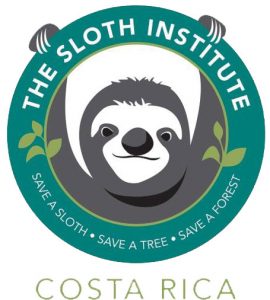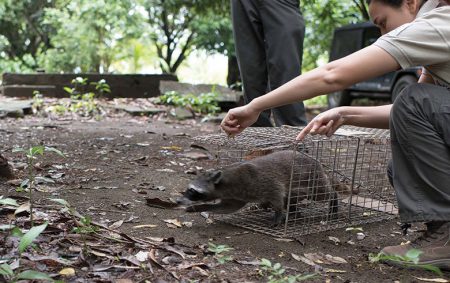Pest or Pal
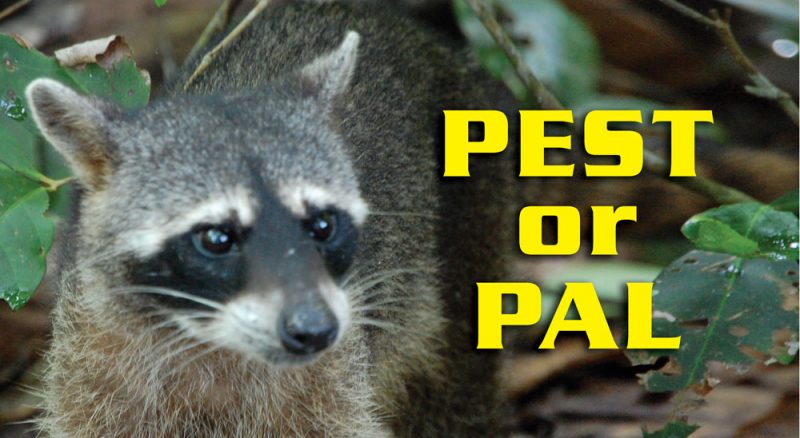 Why raccoons are important and what to do when they invade your home.
Why raccoons are important and what to do when they invade your home.
By Paola Alvarado, SINAC officer and Sam Trull, Sloth Director of TSI
This may seem like a strange article to appear in the TSI Quepolandia slot, but this month we have teamed up with local SINAC officer, Paola Alvarado, to remind you that even the least popular animals play an important role in our ecosystem. Your first, and maybe only impression of a raccoon may be that of a ‘thief’ in the night. Raccoons seem to be masters at getting exactly where we don’t want them to be: inside roofs, walls, trash bins and even outdoor kitchens! They are so smart, that once they have figured out how to get into an area, it can be very difficult to get them out. They are able to unzip bags, open lids, if you handed them a key, they would probably even unlock doors (ok, maybe that’s a stretch)! But raccoons can actually benefit people by eating mice, rats and unwanted insects. It is always important to remember that ultimately, we have invaded their jungle home and it’s our responsibility to make the relationship work.
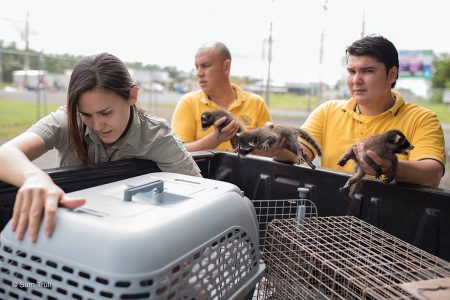 If you have problems with raccoons living in your home or surrounding area, there is probably a problem with the management of your waste. Try to manage your garbage so that the raccoons do not have easy access to any food items in the trash. If you handle organic waste separately (compost), make sure it is secure so that they cannot access it.
If you have problems with raccoons living in your home or surrounding area, there is probably a problem with the management of your waste. Try to manage your garbage so that the raccoons do not have easy access to any food items in the trash. If you handle organic waste separately (compost), make sure it is secure so that they cannot access it.
Even if they enter your ceiling to have their offspring, you must solve the problem you have in your infrastructure, closing any gap or space that they can use as an entrance.
If a raccoon has had babies somewhere in your house the first thing we ask is DO NOT REMOVE THE BABIES FROM THE SITE, unless they are in imminent danger! When taking the offspring without the mother, and for example taking them to another site (SINAC’s office, fire department, etc.) it makes them less likely to be reunited with the mother. It also doesn’t prevent more raccoons from entering your house.
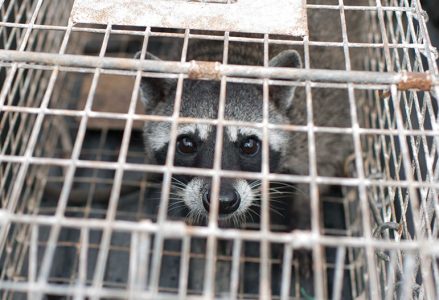 Instead, you should call the SINAC office (2777-5343) where we will try to catch the mother and babies in a safe way for relocation. Many times people only remove the young and will deliver them to SINAC, which becomes a bigger problem. The task of raising baby raccoons is long and expensive and many times these efforts could be directed to other cases of animals that have suffered injuries by electrocutions, abuses or that have been in captivity.
Instead, you should call the SINAC office (2777-5343) where we will try to catch the mother and babies in a safe way for relocation. Many times people only remove the young and will deliver them to SINAC, which becomes a bigger problem. The task of raising baby raccoons is long and expensive and many times these efforts could be directed to other cases of animals that have suffered injuries by electrocutions, abuses or that have been in captivity.
Remember: Even though it may seem like it, raccoons do not come to your house to “annoy you”. They do so because their instinct leads them to find easy food, and you can avoid this, by taking away the easy food source. And by doing this, we can help raccoons do the work they are meant to do!
About The Sloth Institute Costa Rica (Manuel Antonio, Costa Rica)
theslothinstitutecostarica.org
The mission of The Sloth Institute Costa Rica is to protect and enhance the welfare and conservation of sloths. It seeks to do this through wild and captive sloth research; education and outreach; and by collaborating with sloth rehabilitation programs to assist with the release of hand-raised orphaned sloths. TSI is located in Manuel Antonio, Costa Rica. For further information or to donate to this project, email [email protected] or visit tsi.charity.org. You can also follow us on our FaceBook page theslothinstitute.

